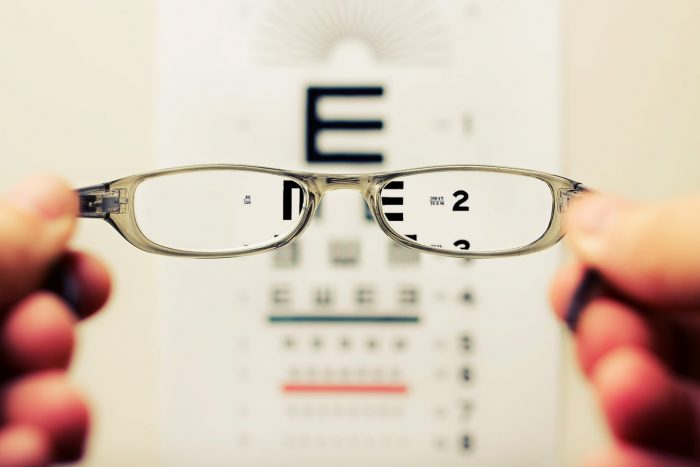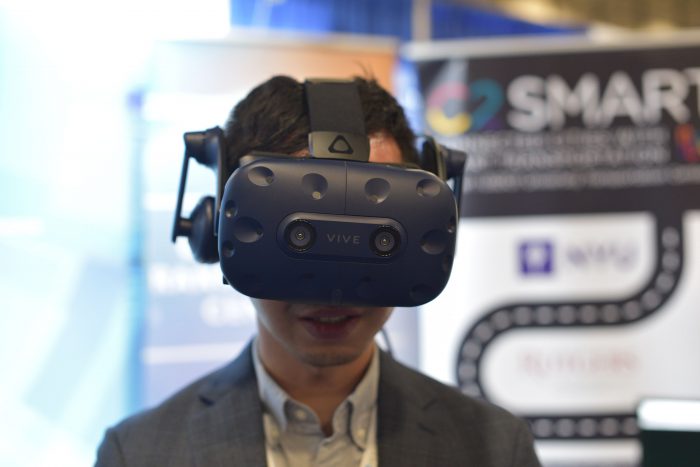Wearables to Command More Access and Inclusion in a Smarter Transportation System
Background
There are 39 million blind and 246 million individuals with low vision worldwide, according to the World Health Organization (WHO). The economic impact, inclusive of unemployment, approached $3 trillion dollars in 2010 with conservative estimates of $75 billion dollars per year in the United States alone. While therapeutic advances are in the ‘pipeline’ for a handful of conditions, there are a multitude of causes that still engender severe visual disability and the prevalence of many of these conditions is on the rise. Impaired vision constrains one’s mobilit, inevitably leading to issues with unemployment, quality of life losses, and functional dependencies that limit psychosocial well-being. This project will increase the safety profile and ease-of-use of the VISION (Visually Impaired Smart Service System for Spatial Intelligence and Onboard Navigation) platform toward ‘connected’ dynamic navigation in complex urban environments, providing a new level of security to the end user and permitting one to break down significant barriers to employment and social interaction.

Research Objectives
The objective of this project is to address these commuting challenges by creating new connections between Visually Impaired residents and their surrounding environment through innovations in science and engineering. The project promises advancements in computer vision, machine learning, video compression, wireless transmission, human factors, and spatial positioning, which will enable immersive assistive technologies that augment situational awareness through wearable devices. Central to the success of the project is an improved scientific understanding of VI behavior during urban commuting. Focusing on wayfinding through sidewalks and intersections, trains, and bus stops, we will create ethograms that characterize how VI individuals’ function and dysfunction in urban areas. Combining engineering breakthroughs with a systematic quantification of behavior, the project will provide real-time spatial intelligence and online navigation assistance to localize, map, orient and direct VI people in urban areas through various transportation modes.


Deliverables
The deliverables for this project include:
- Created ethograms regarding travel for the VI
- Mapping of the 3D environment.
- A final report evaluating technology performance

Project Details
| Principal Investigator | John-Ross Rizzo |
| Co-Principal Investigator | Chen Feng |
| Funding Source | This is to confirm that NYU SOM’s Dept of PMR contribute PI Rizzo’s equipment will in-kind toward this C2Smart Seed Grant. This includes specialized equipment for designing, fabricating and testing the advanced wearables. Please don’t hesitate if you have any additional questions. Re: Amount – pls see attached budget” |
| Total Project Cost | $204,427 |
| USDOT Award # | 69A3551747124 |
| 03/01/2020-02/28/2021 | |
| Implementation of Research Outcomes | As the platform scales, VI users will be capable of more fully participating in social activities, simultaneously increasing their Research Project Description 2 physical activity and social well-being. In addition, our goals include enhancing social capabilities and substantively improving quality of life. By using public transportation safely and efficiently, individuals with VI will be able to participate independently in activities of daily living and instrumental activities of daily living. As our “smart” system jumps new ‘hurdles’, the overarching hypothesis is that the employment trends will improve, comorbidities will abate and mortality statistics will ebb, saving healthcare dollars while offering significant humanitarian benefit. |
| Impacts/Benefits of Implementation | This project has the potential to solve commuting challenges faced by the VI, as these urbanites struggle to navigate and negotiate confusing and congested train/subway and bus systems, which pose significant employment barriers and major safety concerns. The proposed research will enhance engineering and scientific knowledge and training while chipping away at a notorious social problem for the visually impaired and disabled at large: unemployment. |






